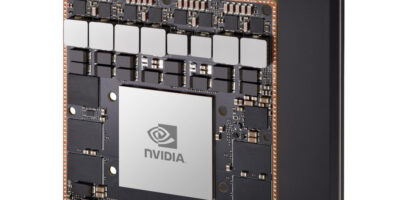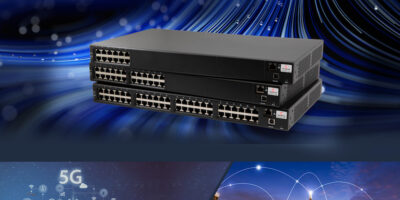Low power outdoor air quality sensors have been added to the ZMOD4510 sensor platform by Renesas. The sensors are supplied in an IP67-qualified waterproof package and have an artificial intelligence (AI) –based algorithm for low power, selective ozone measurements.
The enhanced ZMOD4510 is claimed to be the industry’s first fully calibrated, miniature digital OAQ sensor solution with selective ozone measurement capabilities. They are designed to offer visibility into the air quality in users’ immediate environments for a personalised experience.
The enhanced ZMOD4510 is based on Renesas’ new low power firmware and can detect specific ozone levels – without reporting on other pollutants. Power consumption is maintained at less than 200 microW. The selective measurement capability allows devices such as smart watches, phones, and smoke detectors to monitor for harmful ozone gases typically found outdoors but which can drift indoors through open windows and doors. Optimising the ZMOD4510 for very low power is key to enabling the longer life cycles required for these types of battery-powered devices.
“The enhanced ZMOD4510 gives manufacturers the selective high precision sensing, small size, and long battery life they need for battery-powered devices that offer customers a convenient and customised view of their immediate air quality environment,” said Uwe Guenther, senior director, sensing solutions, IoT and infrastructure business unit at Renesas.
Renesas’ software-configurable ZMOD platform allows firmware updates in the field to enable new, application-specific capabilities, such as selective ozone detection.
The ZMOD4510’s ability to quantify selective ozone levels in concentrations as low as 20 parts per billion (ppb) coupled with its low power, small size and outstanding flexibility makes it suitable for mobile and wearable devices, as well as industrial applications such as wireless security cameras and parking meters.
The waterproof 3.0 x 3.0 x 0.9mm LGA package allows the sensor to operate in harsh and submersible environments. The IP67-rated sensor maintains accuracy and performance yet eliminates the need for expensive waterproofing systems.
The sensor is shipped fully calibrated in the hydrophobic and oleophobic package, and customers can apply a conformal coating on their circuitry rather than adding an external membrane to the module.
The ZMOD4510 is calibrated to the US Environmental Agency’s (EPA) Air Quality Index for measuring ozone, and is highly resistant to siloxanes, enabling exceptional reliability for use in harsh environments.
The enhanced ZMOD4510 platform is available now in both a standard and IP67-rated sensor package.







